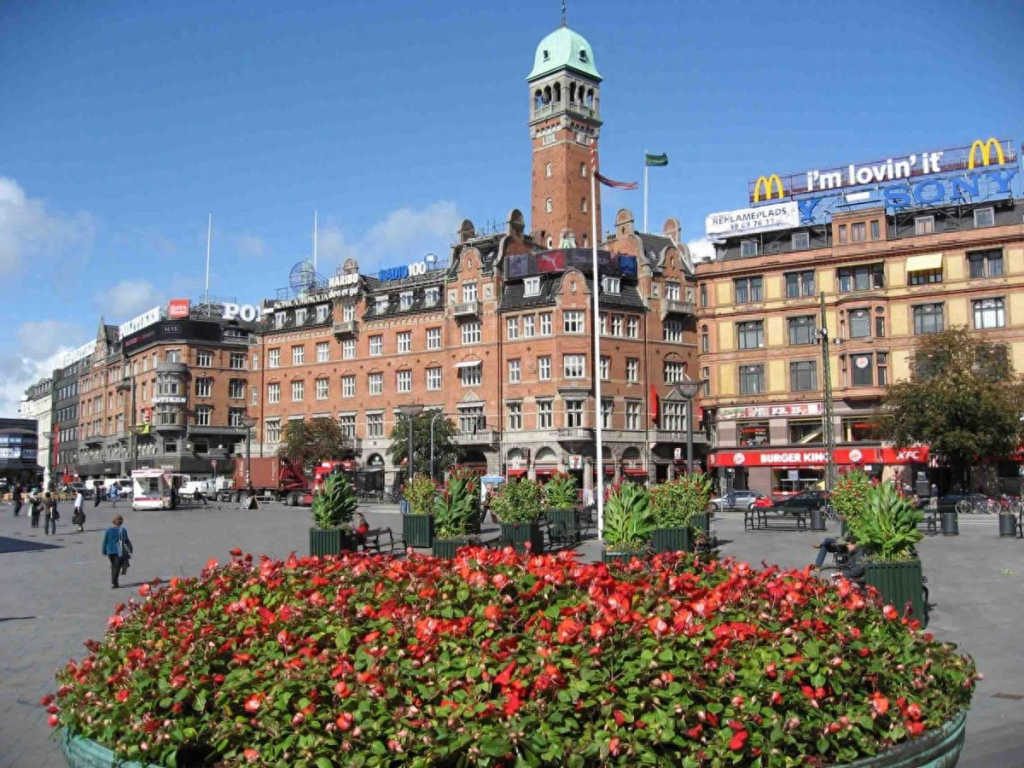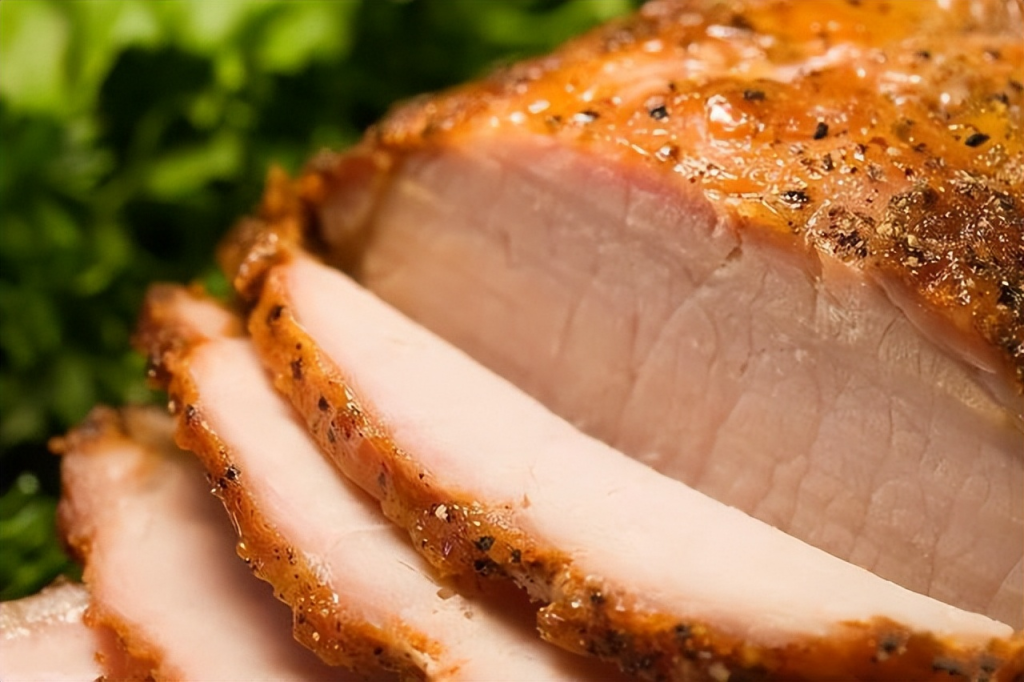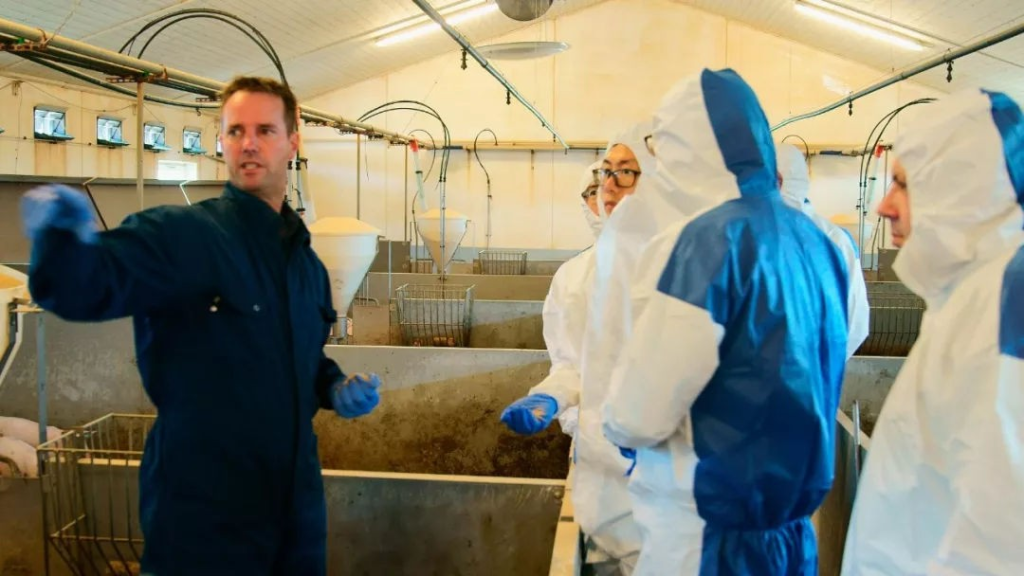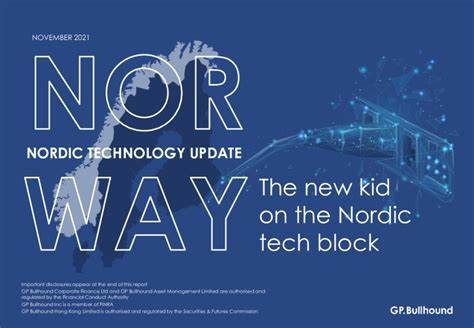What comes to mind when you think of the Nordics? Norway’s fjords? Sweden’s IKEA? Finland’s northern lights? Or Denmark’s fairy tales? Despite their cold climate, limited resources, and sparse population, these countries have created enviably high GDP and high-quality lives. Take Denmark as an example. This small country has forged its own path to wealth through pig farming. What’s the secret behind this?
One Pig, One Country’s Economic Pillar
Denmark, this small Nordic nation, has a land area of only 43,000 square kilometers and a population of less than 6 million. Yet, it boasts a per capita GDP of $67,000, firmly placing it among the world’s wealthiest nations. More surprisingly, this fairy-tale kingdom’s wealth code lies hidden in – pigs!

Denmark is known as the “Pig Farming Kingdom.” It produces a staggering 33 million pigs annually – more than five times its human population! What does this mean? On average, each Dane is “responsible” for the “output” of 5 pigs per year. Even more remarkably, pork exports generate over $4 billion, accounting for nearly half of Denmark’s total agricultural exports. A little pig has become a pillar of the national economy.

Why did the Danes choose pig farming? Couldn’t they pursue more high-profile industries?
The story begins in the mid-19th century. Back then, Denmark relied mainly on grain exports. However, as the US, Russia, and others flooded the European market with cheap grain, Denmark’s grain exports were severely hit.
Facing this crisis, the Danes didn’t wait passively. Instead, they quickly adjusted their strategy, transforming grain into higher-value-added livestock products.

Initially, the Danes chose to export live pigs to Germany. But in 1887, Germany banned Danish pig imports, citing disease prevention. Denmark’s pig industry faced another crisis. This time, the Danes turned their gaze to industrializing Britain – where workers needed large quantities of reasonably priced, easily preserved meat. So, the Danes decided to process their own pork, especially bacon, for export to Britain.
Thus, Denmark’s pig farming legend began. But who would have thought that this seemingly ordinary decision would set Denmark on a unique path to prosperity?
From Genes to Dining Table: Breakthroughs Across the Entire Chain
If you think pig farming is simply about feeding pigs and selling them, you’re sorely mistaken. The Danes treat pigs with the precision of scientists in a lab, the care of artisans with their art, and the dedication of athletes preparing for the Olympics.

First, breeding. Over 130 years, the Danes meticulously developed the “Danish Landrace” pig. What’s special about it? Firstly, it has two extra ribs compared to ordinary pigs, meaning more bacon output. Secondly, its lean meat ratio reaches 60%, far exceeding ordinary breeds. Thirdly, its growth rate is astonishing, reaching the market weight of 110 kg in just 160 days. Finally, its feed conversion ratio is as low as 2.43:1, meaning more meat is produced from the same amount of feed.
Pig farming experts estimate that the average profit per Danish Landrace pig can reach around 5,500 RMB, 1.5-2 times that of ordinary pigs.

Moreover, Danish pig farm management reaches astounding levels. Modern Danish pig farms are highly automated: automatic feeding systems, automatic climate control systems, automatic health monitoring systems… A farm needs only 3-4 workers to manage tens of thousands of pigs. This efficiency is unimaginable in the global pig farming industry.
Then comes slaughtering and processing. Danish pork processing plants are like the “Tesla production line of the pork world.” Danish Crown, the largest meat processor, can process 1,400 pigs per hour on its slaughter line. From live pigs entering the factory to being divided into various products ready for shipment takes less than 35 minutes. Even more impressive is that a single pig is divided into over 50 different products, achieving the principle that “every part of the pig is valuable.”

But the most unique aspect of Danish pig farming is its organizational form: the cooperative system. In Denmark, pig farming, slaughtering, and sales form an integrated cooperative system. Farmers become shareholders in the cooperatives, collectively owning the processing and sales segments, thus profiting from the entire value chain, not just from selling live pigs. This model allows small Danish farmers to possess strong competitiveness in the global market.

It’s worth noting that in Denmark, not just anyone can start pig farming. You must first obtain a qualification known as the “Green Certificate” – which requires 3 years of professional study and 2 years of internship, equivalent to a domestic bachelor’s plus master’s degree. No wonder the average annual income of Danish pig farmers reaches $800,000. They are essentially highly skilled professionals, not just traditional farmers.
From Pig Pens to Environmental Protection: Holistic Care
In Denmark, pigs might live in better conditions than people in some countries. Modern Danish pig pens are equipped with climate control systems to maintain the optimal temperature for growth; automatic ventilation systems ensure fresh air; and even music systems play soothing tunes to reduce stress during growth.

Each pig has its own “ID card” – a QR code recording all information from birth to market: feed formula, growth curve, health status, medication records… Scanning this code reveals the pig’s entire “life history.”
The pigs don’t drink ordinary tap water, but filtered mineral water. Danes believe water quality directly affects meat quality, so they take no shortcuts. Feed formulas are meticulously designed by nutritionists, with different “customized menus” for different growth stages.

Environmental requirements are equally strict. Manure cannot be discharged arbitrarily; it must be processed and used as fertilizer. Some large farms even have biogas power generation facilities, converting manure into clean energy and achieving resource recycling.
To prevent disease spread, Denmark’s biosecurity measures are extreme. Blood samples are taken monthly for disease screening; external visitors must quarantine for 48 hours before entering; workers must shower and change clothes in designated isolation areas before contacting the pigs.

This near-fanatical management ensures the quality and safety of Danish pork, winning it global market favor. Visitors to Denmark might notice pigs aren’t just food; they are national symbols and a source of pride. From airport souvenir shops to city billboards, images of pigs are everywhere.
Viewing Nordic Prosperity Logic Through Pork

Denmark’s pig farming industry isn’t just a story of industrial success; it’s a microcosm of the Nordic countries’ wealth creation logic. First is specialization and refinement. Nordic countries generally have limited resources and sparse populations. They can’t mass-produce like the US or possess a vast manufacturing system like China. Therefore, they chose another path: achieving perfection in specific fields. Beyond Danish pork, there’s Finland’s Nokia (though its phone business declined, it remains strong in network equipment), Sweden’s IKEA, Norway’s shipping and fisheries… These industries all started from tradition and built hard-to-replicate competitive advantages through continuous innovation and meticulous management.
Second is high organization and a spirit of cooperation. The cooperative model is highly developed in Nordic countries, existing not just in agriculture but also in manufacturing, retail, finance, and more. This model allows small and medium producers to unite, share resources, technology, and markets, achieve economies of scale, and gain an advantageous position in international competition.

Third is long-termism. Denmark took 130 years to breed the “Danish Landrace”; Finland’s education reform spanned 40 years; Sweden’s social welfare system was built over half a century… Nordics don’t chase short-term gains but focus on long-term development, willing to invest in the future. It’s this patience and persistence that allows them to build deep accumulations and “moats” in specific fields.
Fourth is emphasis on knowledge and technology. Nordic countries generally have high education levels and significant R&D investment as a percentage of GDP. Even seemingly traditional industries like pig farming incorporate modern elements like genetics, information technology, and automation. This knowledge-intensive development path enables them to create high added value and reap rich rewards.
Finally, there’s social system support. Nordic countries generally implement high-welfare, high-tax models, establishing comprehensive social security systems. This seemingly increases costs but actually provides a safety net for innovation and entrepreneurship. People don’t worry about basic survival and can focus more on their professional development and creative work.
These factors together constitute the Nordic countries’ “unconventional” wealth creation strategy, enabling them to find their place in global competition and create enviable wealth and quality of life.
